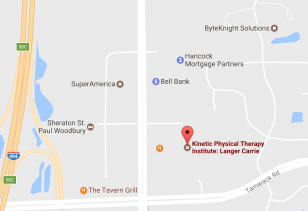Treatment Approach
This approach addresses any problems with underlying biomechanics which can often lead to pain or functional limitation. All mechanical influences on the body that restrict movement and contribute to improper joint and muscle position are examined and taken into consideration. This type of in-depth biomechanical assessment allows accurate diagnosis of any underlying structural issues that may be contributing to a patient’s often complicated or chronic problem. Postural Restoration is based on anatomical asymmetry and patterns of muscle imbalances that develop due to postural habits, injuries, work, and other influences.
It is anatomical fact that the human body is asymmetrical in organ placement. We have a heavy liver on our right side of our trunk and three lobes to our right lung, with only two on the left. This encourages our body to stand more on our right leg and rotate our upper trunk to the left. Our current society encourages this: we drive more with our right legs, run around tracks counterclockwise pushing more with our right leg, reach with our right hand more to shake hands, open doors, computer mousing, etc. Even left handed people are encouraged to be right side dominant. This dominance is built into our nature, but can become dysfunctional when the body’s asymmetry goes unopposed.
One of the goals of Postural Restoration is to regain plausible symmetry and optimize it during functional activity. When the body is more balanced there is less stress placed upon joints and soft tissue structures and movement can occur with greater ease and efficiency. Restoring this balance is done by using individualized exercises and techniques to retrain the neuromuscular system. In addition other systems may contribute to the problem including improper foot mechanics, assymetrical bite and dental issues, or even learning related vision problems. Treating these diverse issues involves a collaborative effort with other healthcare providers such as pediatrists, optomotrists, dentists, and other specialists.
For further information detailed information regarding Postural Restoration theory and practice, please visit the Postural Restoration Institute’s website.

